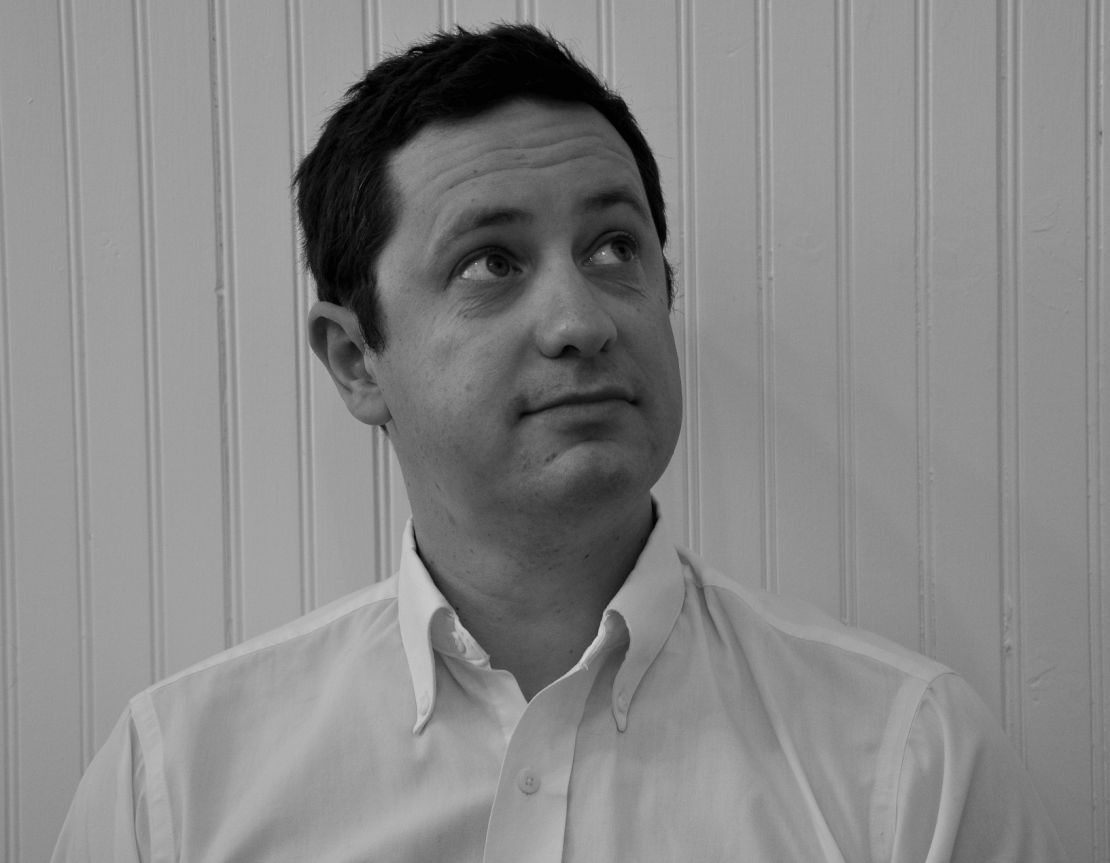Editor’s Note: Andrew McConnell Stott is a professor of English at the University at Buffalo, SUNY, and the author of “The Poet and the Vampyre: The Curse of Byron and the Birth of Literature’s Greatest Monsters.” The views expressed are his own.
Story highlights
Reports of clown attacks in France have made headlines
Clowns have often been seen as on society's margins, says Andrew Stott
Golden age of clowns has passed, he says
It sounds like something made up just in time for Halloween. Several reports from France of attacks by people dressed as clowns – and armed with anything from knives to baseball bats – have been making headlines in Europe. Taken with the recent sightings reported by some communities in Florida, New Mexico and Indiana, among others, it is easy to wonder what is going on. What is it about clowns? Why these strange sightings now?

But to those of us who have been following what is proving to be an unusually lively period of clown reports – whether they be actual crimes or simply hoaxes – neither the reports themselves, nor the peculiar interest in these incidents, is all that surprising.
For a start, while these developments are notable, the recent outbreak of such activity is actually not without precedent.
In the mid-1980s, for example, a number of episodes were recorded on both sides of the Atlantic, first in Scotland and then in various towns across New England, as people reported clowns in ice cream vans attempting to lure children.
We also know that clowns inhabit fertile ground in terms of phobias – after all, they can invoke anything from a fear of masks, to stranger danger, to our anxieties regarding public humiliation. (And that’s not to mention the question of why a grown person would dress this way, in a kind of asexual fetishism).
Meanwhile, the Clowns of America International, the professional organization representing U.S. clowns, has reported a significant decline in the number of students attending clown school in recent years.
So it is possible, then, that these two elements – the decline in “licensed” clown performers and the rise in the number of “sinister” sightings – are more closely related than they seem. After all, all forms of monstrosity are essentially commentaries on the nature of humanity’s social relations (the Twilight books and movies, for example, offer a straightforward examination of adolescent sexuality explored through the lens of a vampire/human/werewolf menage.)
Indeed, in many ways, the crisis in the clown community mirrors the anxieties that are felt across many sectors of society – class friction, social estrangement and an economy many still feel uncertain over.
Keep in mind that clowns have always been marginal members of society. In the Middle Ages, the fool was a scapegoat and outcast, an egregious misfit with license to speak truth to power. In the 20th century, the two greatest clowns were essentially homeless indigents: “Weary Willie,” the unshaven and ragged hobo clown of Emmett Kelly, emerged straight from the American Dust Bowl, while Charlie Chaplin was known simply as “the Tramp.”
In all these instances, clowns enjoy a relationship to society that is tenuous at best. In this sense, it is no great leap to say that dressing up as a scary clown is an expression of anti-social alienation, especially when coupled with another phenomenon that we might term “industrial nostalgia.”
The stereotypical scary clown almost always takes its inspiration from clowns associated with the golden age of the American big top circus. These white face clowns with their colorful hair and costumes are known as “Joeys” in honor of the great comedian, Joseph Grimaldi, and evoke a specific time in American history, a time of optimism and potential.
But this golden age has passed, and our ideas of clowns are now set against a backdrop of recession, social atomization and a distrust of traditional institutions. When seen from the vantage point of the present, the Joeys of the big top seem hopelessly naive, the leering remnants of an industrial past whose promises are unfulfilled. It also seems no coincidence that the narratives that employ scary clowns so often associate them with failed businesses – empty music halls echoing with the ghosts of past laughter or abandoned theme parks repurposed as lairs.
The idea of the scary clown, then, taps into the frustrations and fears of a time in which so many are feeling themselves pushed into the margins.
So, should you think you see a clown peering through your curtains this Halloween, take comfort in the fact that it’s nothing personal.
The image of that grinning, shock-haired psychopath you are imagining is in your wardrobe will probably start to fade when the economy turns around.
Photo blog: WWI: The Golden Age of postcards
Read CNNOpinion’s new Flipboard magazine






